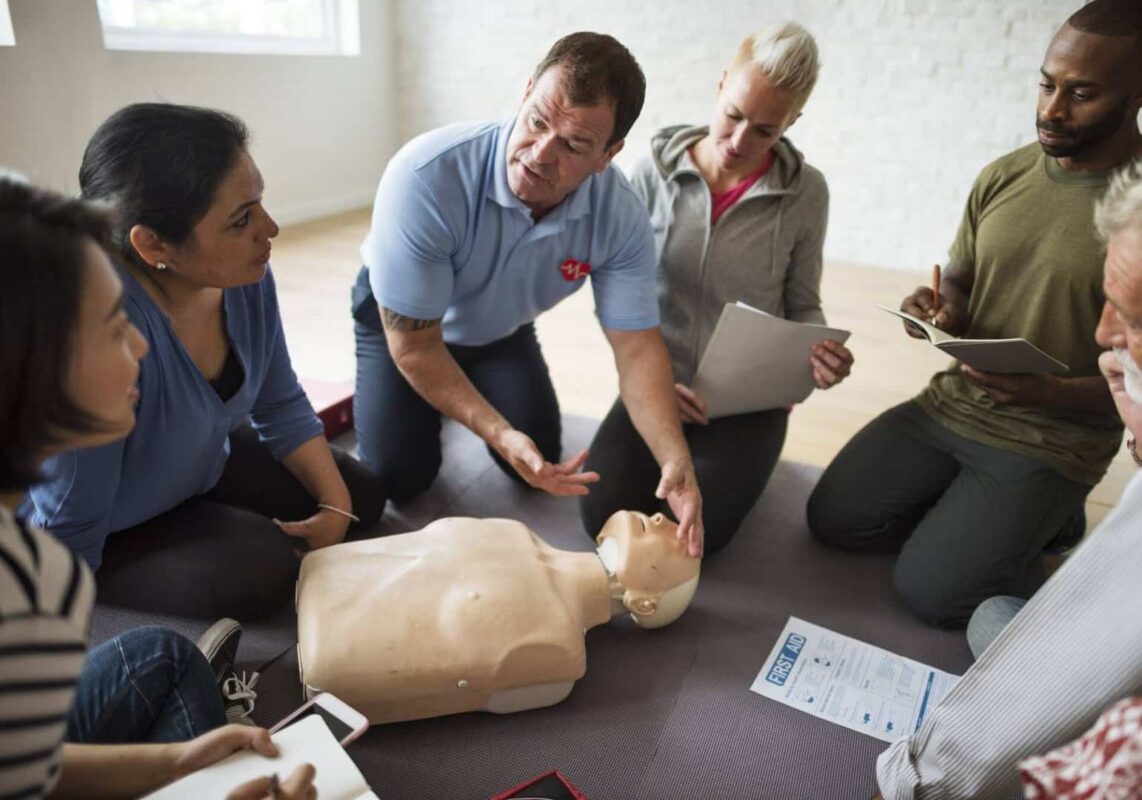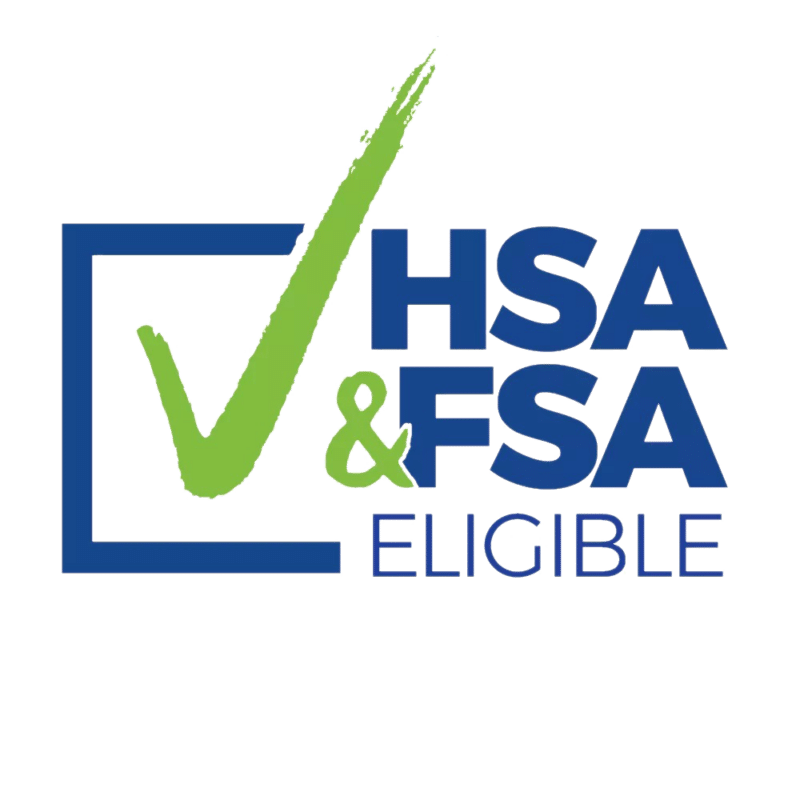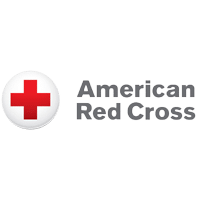No products in the cart.
Uncategorized
Understanding First Aid Training & Its Importance
In our unpredictable world, emergencies can happen anytime, anywhere. Whether it’s a minor accident or a life-threatening situation, first aid training having the knowledge and skills to provide immediate help can make a crucial difference.
This is where first aid training comes into play—a fundamental skill set that empowers individuals to respond effectively in critical moments.
What is First Aid Training?

First aid is the initial help given to someone who has been injured or suddenly taken ill. The primary objectives of first aid are to preserve life, prevent the condition from worsening, and promote recovery. First aid training equips individuals with essential techniques such as CPR (Cardiopulmonary Resuscitation), bandaging wounds, managing choking incidents, and recognizing symptoms of heart attacks or strokes. By understanding these basics, individuals become capable of intervening promptly and appropriately in emergencies.
5 Reasons Why First Aid Training is Important for Employees

1. Enhances Workplace Safety
First aid training equips employees with the skills to handle emergencies effectively, reducing the risk of serious injuries and accidents. This proactive approach to safety fosters a secure work environment, ensuring that immediate help is available when incidents occur, potentially saving lives and minimising downtime.
2. Reduces Workplace Accidents
Training employees in first aid can lead to heightened awareness of safety practices, contributing to a reduction in workplace accidents. Knowledgeable employees can identify potential hazards and take preventive measures, creating a safer work environment and reducing the frequency and severity of workplace injuries.
3. Improves Employee Confidence
First aid training empowers employees with the confidence to act in emergencies. This confidence not only enhances their ability to provide aid but also fosters a sense of responsibility and preparedness, contributing to a more resilient and responsive workforce.
4. Promotes Team Building
Learning first aid together can strengthen team bonds and improve communication among employees. The shared experience of training fosters a collaborative spirit, enhancing teamwork and cooperation, which are essential for effectively handling emergencies and creating a supportive work environment.
5. Ensures Compliance with Regulations
Many industries provide first aid training to follow health and safety regulations. Ensuring that employees are trained in first aid helps businesses meet legal obligations, avoid penalties, and prove a commitment to the well-being and safety of their workforce.
Topics Covered in First Aid Training

1. Cardiopulmonary Resuscitation (CPR)
CPR is a lifesaving technique used in emergencies when someone’s breathing or heartbeat has stopped. Training includes chest compressions and rescue breaths to maintain circulation and breathing until professional help arrives.
2. Automated External Defibrillator (AED) Use
AED training teaches how to use a defibrillator to deliver an electric shock to the heart of a person in cardiac arrest, potentially restoring a normal heart rhythm.
3. Wound Care and Bandaging
This topic covers how to properly clean, dress, and bandage wounds to prevent infection and manage bleeding. Training includes techniques for different types of wounds, including cuts, abrasions, and punctures.
4. Managing Choking Incidents
First aid training includes methods for relieving airway obstructions in adults, children, and infants, such as the Heimlich manoeuvre and back blows.
5. Treating Burns
This section teaches how to assess and treat different degrees of burns, including cooling the burn, covering it with a sterile dressing, and when to seek medical attention.
6. Handling Fractures and Sprains
Training includes how to immobilise injured limbs using splints, slings, or other materials to prevent further injury until professional medical help can be obtained.
7. Recognizing and Responding to Heart Attacks and Strokes
Participants learn to identify the signs and symptoms of heart attacks and strokes and provide appropriate first aid, such as administering aspirin or ensuring the person is in a comfortable position while waiting for emergency services.
8. Managing Shock
This topic covers how to recognize the signs of shock (such as pale skin, rapid breathing, and weak pulse) and provide care to maintain adequate blood flow to vital organs.
9. First Aid for Seizures
Training includes how to protect a person having a seizure from injury, manage their airway, and provide care during and after the seizure.
10. Allergic Reactions and Anaphylaxis
This section covers how to recognize severe allergic reactions and use an epinephrine auto-injector (EpiPen) to treat anaphylaxis, a potentially life-threatening condition.
Where to Get First Aid Training

California Medical Equipment (CalMed) offers comprehensive first aid training, emphasising accessibility and practical skills for a wide audience. They provide specialised training programs including AED (Automated External Defibrillator) usage, which is crucial for effective emergency response.
CalMed caters to various sectors, such as businesses, schools, healthcare facilities, and places of worship, ensuring tailored solutions for different environments. They also offer a range of first responder packages and refurbished AEDs to suit various needs and budgets, promoting safety and preparedness in diverse settings.
Conclusion
First aid training equips individuals with the vital skills to respond effectively in emergencies and potentially save lives. By learning first aid, we can become valuable contributors to our community’s well being and foster safer environments for those around us!






